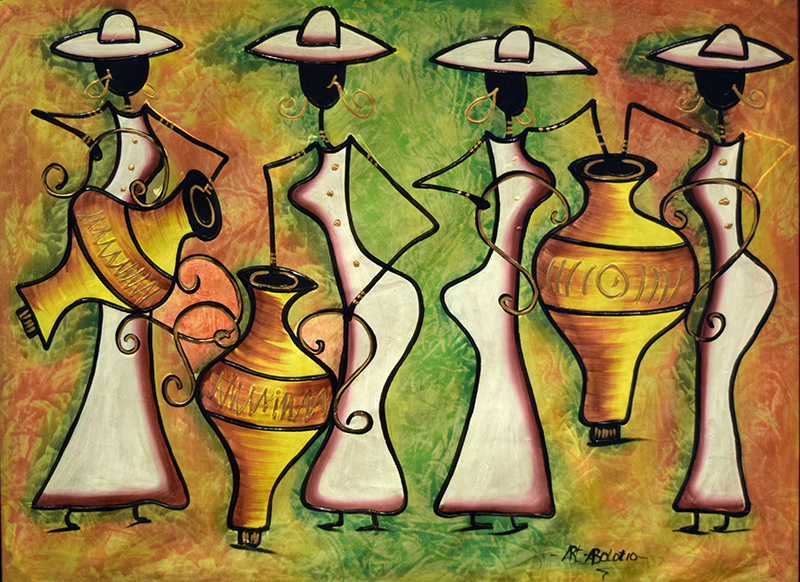
Different Paint
Anderson GalleryFebruary - March , 2023

Traditionally, painting is the application of pigments to a support surface that establishes an image, design or decoration. In art the term “painting” describes both the act and the result. Most painting is created with pigment in liquid form and applied with a brush. Exceptions to this are found in Navajo sand painting and Tibetan mandala painting, where powdered pigments are used. Painting as a medium has survived for thousands of years and is, along with drawing and sculpture, one of the oldest creative media. It’s used in some form by all cultures around the world.
The definition of painting is also a matter of form. Is a painting realistic or abstract? Does it use organic or geometric forms? Is the subject a landscape or a person, and does it fall in a particular genre, like surrealism? Was the paint applied using a brush or sponge, or was it splattered and tossed in artistic action? These are questions that can help you understand the form of a painting. So what is it that unites the field of painting?
The older painting gets as an art form, the harder it gets to describe. Is a painting that doubles as a video still a painting? What is a painting that is also a print? What about the painting that is a collage, a cartoon, graffiti, or some other form of illustration? Artists have long incorporated objects into paintings on canvas, but what should we call a work if no paint or canvas is involved? Is a painting made with nothing but fabric or putty still a painting? And what kind of a painting takes up not just a whole wall but the space of an entire room?
It used to be so simple: a painting was the mediated result of an artist’s application of wet paint on a flat surface. No more. Having absorbed high culture and low, painting has turned itself out in mixed-media assemblages that include both organic and synthetic materials and occasionally involve photography and digital printing. It has borrowed from commercial illustration and architectural, tattoo, and textile design, and exhibited itself as sculpture or in various combinations of all the above, in both abstraction and representation. At this point, even those distinctions seem quaint. Ours is the age of the hybrid, the crossover, the many-splendored thing, a time when the combined force of new media, postmodern thought, and human history has made it impossible for artists to worship a single style of painting. Indeed, the practice of this ancient art may owe its continued health to its amazingly elastic nature.